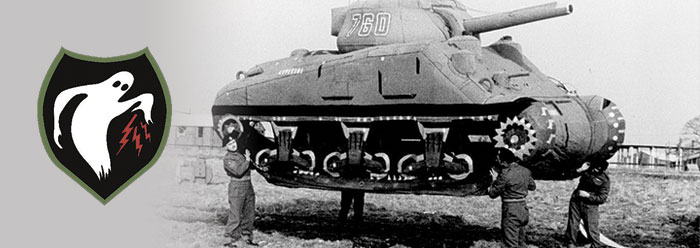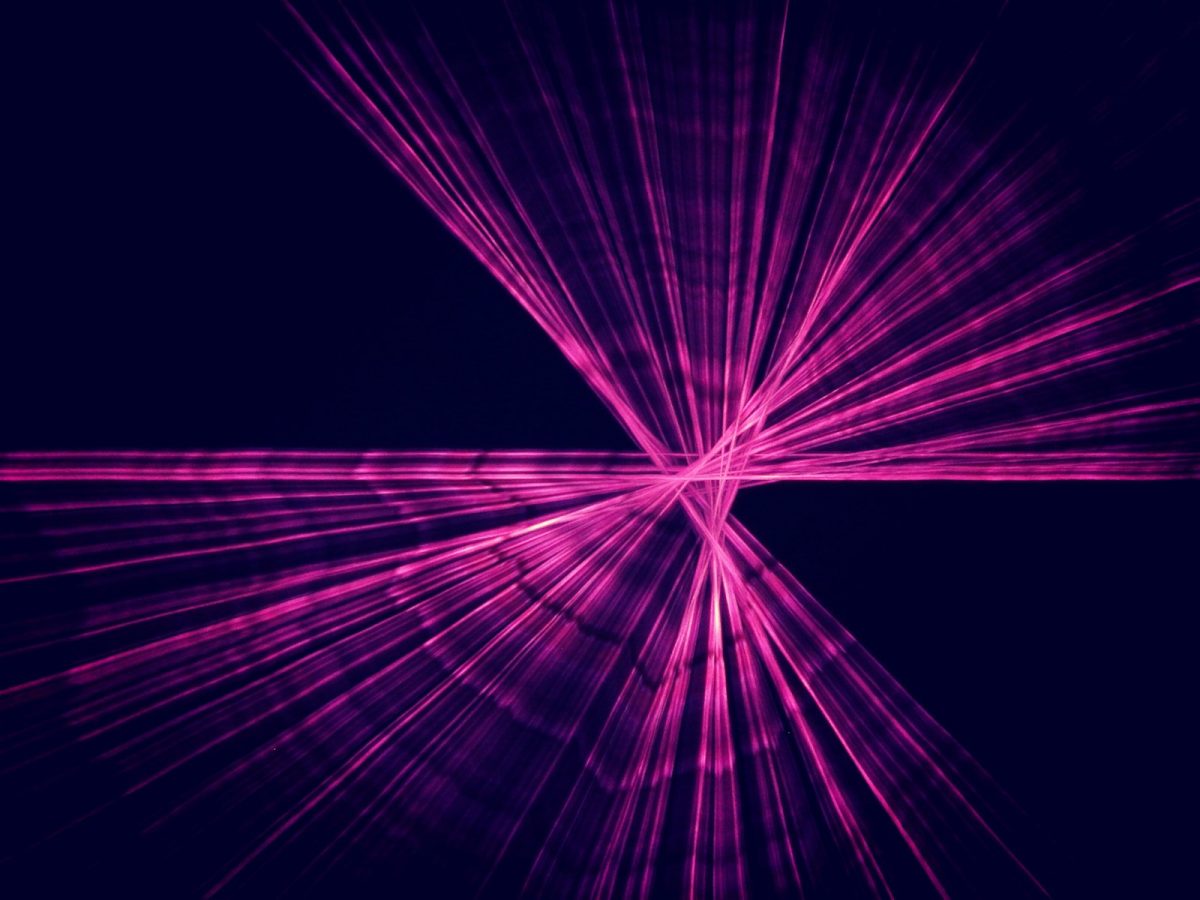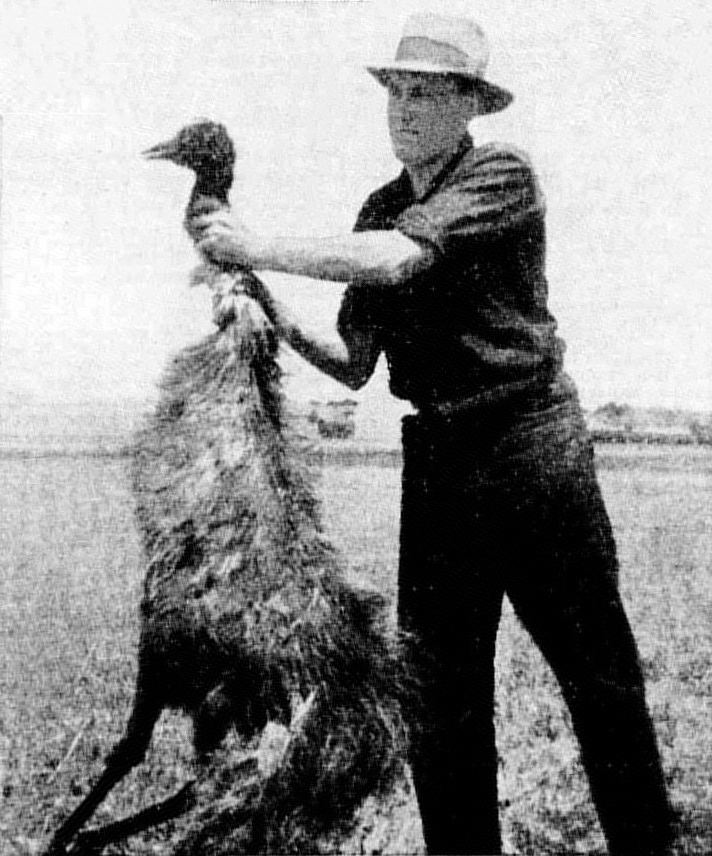The Ghost Army was a critical deception unit in World War II. A deception unit is what it sounds like, it is used to deceive the enemy. This lets you seem to plug holes in your line, making it look like a solid line, but it’s all deception. The Ghost Army comprised three different units: the visual unit (camouflage), the sonic unit (audio/sound), and the radio unit.
The visual unit had inflatable tanks, artillery, jeeps, and just about any weapon or equipment the army would normally have – just in inflatable form. From a distance, these looked much like the real thing. With these, it could disguise itself as any armored division in the Army. But the deception goes even further than that. Tanks are heavy, and obviously, inflatable tanks are not, so they had a modified steamroller to make the tread tracks in the ground for the tanks. They had rules to never be seen moving the inflatables because a few soldiers could never pick up and move a real tank. This unit also made fake insignia and badges for their uniforms and would paint fake unit numbers and other identifiers on the vehicles so everything looked realistic.
The sonic unit is not a unit with hedgehogs…but instead a, for the time, advanced and secret unit that used sound to deceive the enemy. They would hook up a record player to special speakers invented just for this unit that could project sound up to 15 miles. They recorded all their sounds using actual equipment and soldiers for realism. These units were so compelling that people who heard it described it as “eerie” and made you see tanks and vehicles that weren’t there. For example, they would play the sound of tanks going up grassy terrain to make it sound like a tank was going up a hill in France and down a steep hill or rocky terrain if it looked like the hill got cut off or went steeply down. They would tailor their sounds for the area they were in and combine everything together. The sonic unit combined with the visual unit was highly effective, but there was one more piece to the puzzle.
The radio unit might have been the most important of the three units because any good army would have tons of communications constantly going, so if no communications were coming from or going to the unit, the German spies would figure out that something wasn’t right. They did this by copying exactly how radio operators of the division they were mimicking would act. For example, if they were impersonating the 4th division, all radio operators would start their messages with four dots to indicate they were the 4th division. If the Ghost Army were pretending to be the 4th division, they’d have to follow this pattern, too.
These three units together formed a comprehensive, detailed deception to the Germans who, during the war, never found out that these units weren’t real. This was a testament to how good they were.
TAKE ACTION:
RELATED ARTICLES:
https://www.nationalww2museum.org






